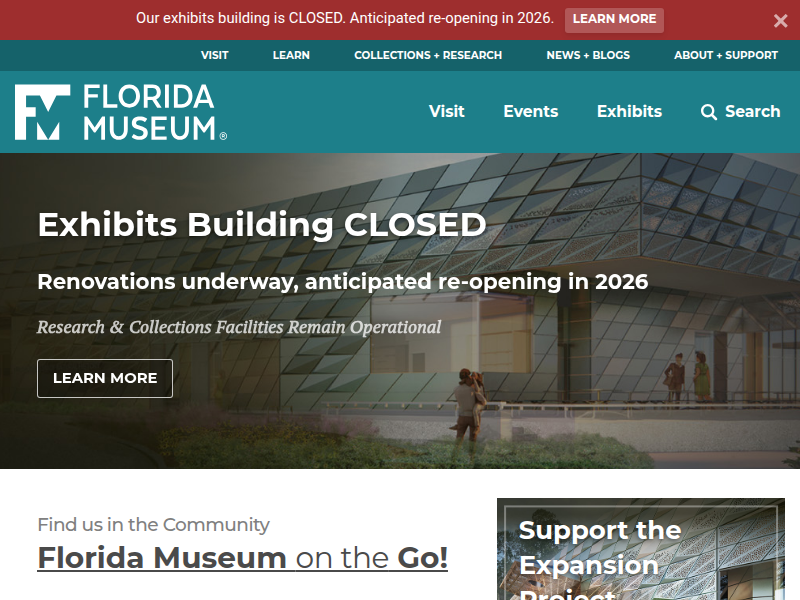Copper Medallion – Rare, Beautiful & Fascinating: 100 Years @FloridaMuseum https://www.floridamuseum.ufl.edu/100-years/object/copper-medallion/
Native Floridians recovered various metals from European shipwrecks off Florida’s coasts and re-fashioned the metal into objects and ornaments using traditional techniques, forms and decoration. Although their cultural meaning is unknown, their beauty remains. Summary Copper Medallion Made by B
But more likely the Indians salvaged metals from Spanish shipwrecks and then reworked

